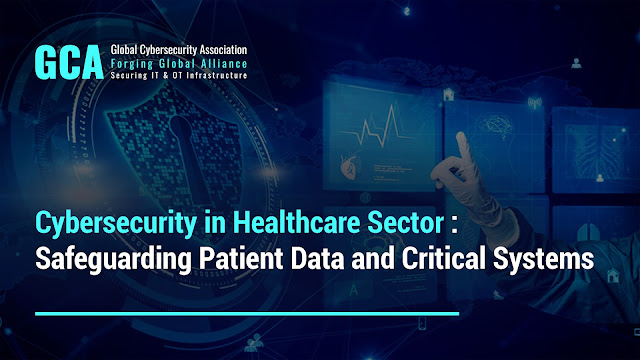Securing the Digital Cloud: Ensuring Cybersecurity and Cloud Computing

Cloud computing has transformed the way organizations operate, offering scalability, flexibility, and cost-efficiency. However, the migration to the cloud also introduces new cybersecurity challenges. Securing data, applications, and infrastructure in the digital cloud is crucial to protect sensitive information and maintain business continuity. In this article, we will explore the intersection of cybersecurity and cloud computing and provide insights on how organizations can ensure robust security in the digital cloud. Choose a Reliable Cloud Service Provider: Selecting a reputable and reliable cloud service provider (CSP) is the first step in ensuring cloud security. Evaluate the CSP’s security practices, certifications, and compliance with industry standards. Look for providers that offer strong encryption, data access controls, and regular security audits. Implement Strong Access Controls: Maintain strict access controls to limit unauthorized access to clou...

%20Safeguarding%20Connected%20Devices.jpg)
%20and%20why%20is%20cybersecurity%20in%20OT%20domain%20becoming%20increasingly%20critical.jpg)